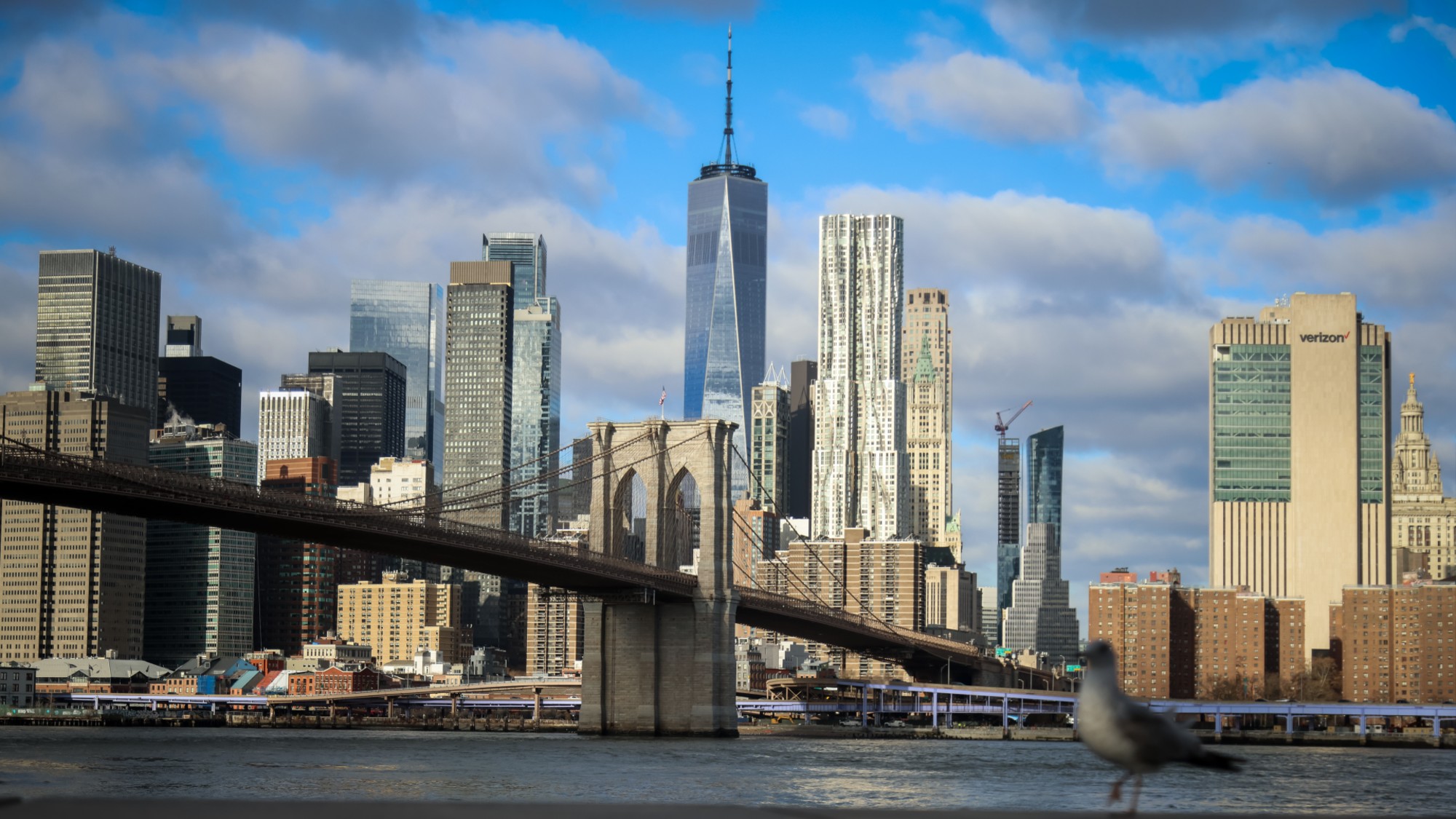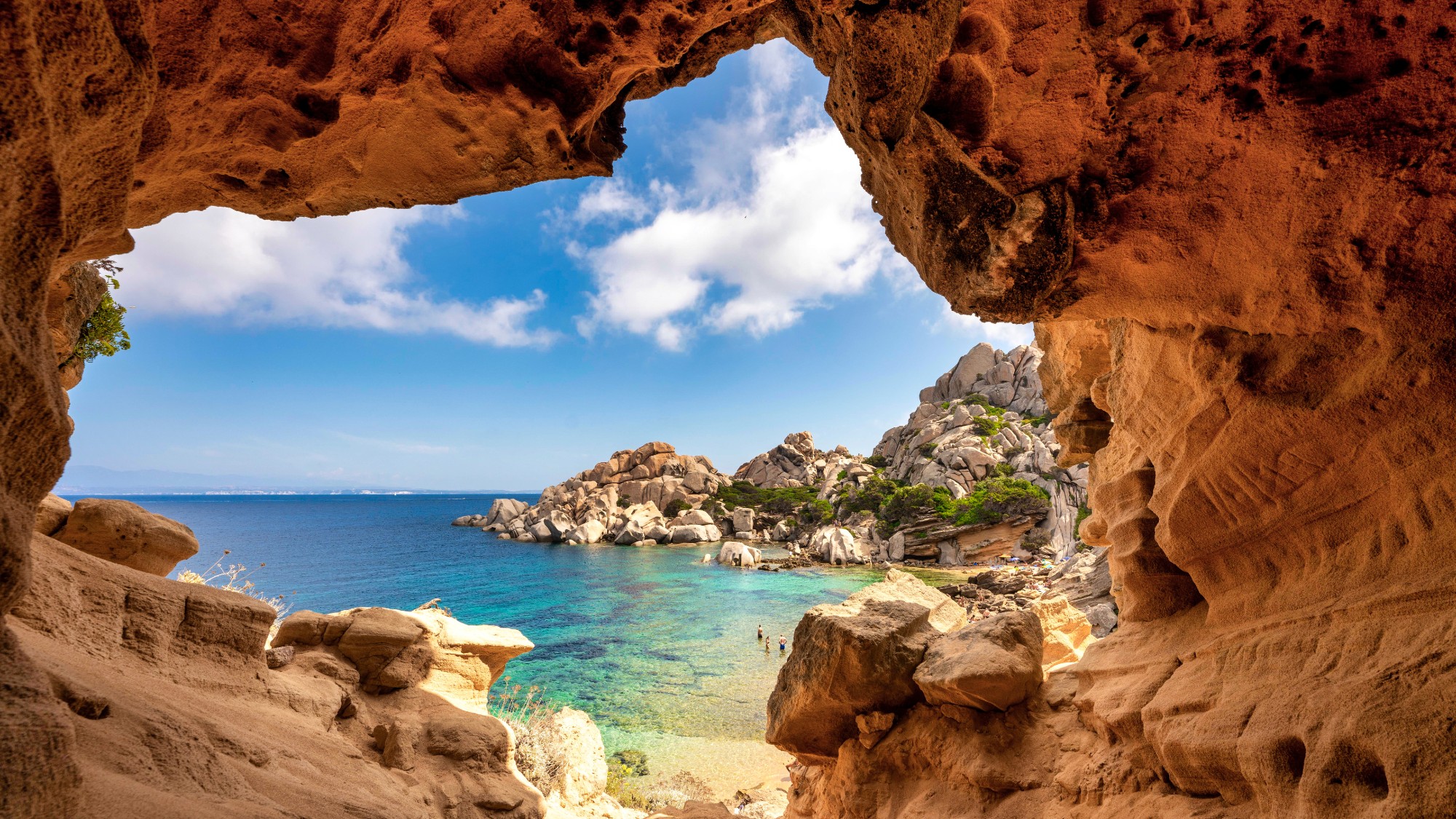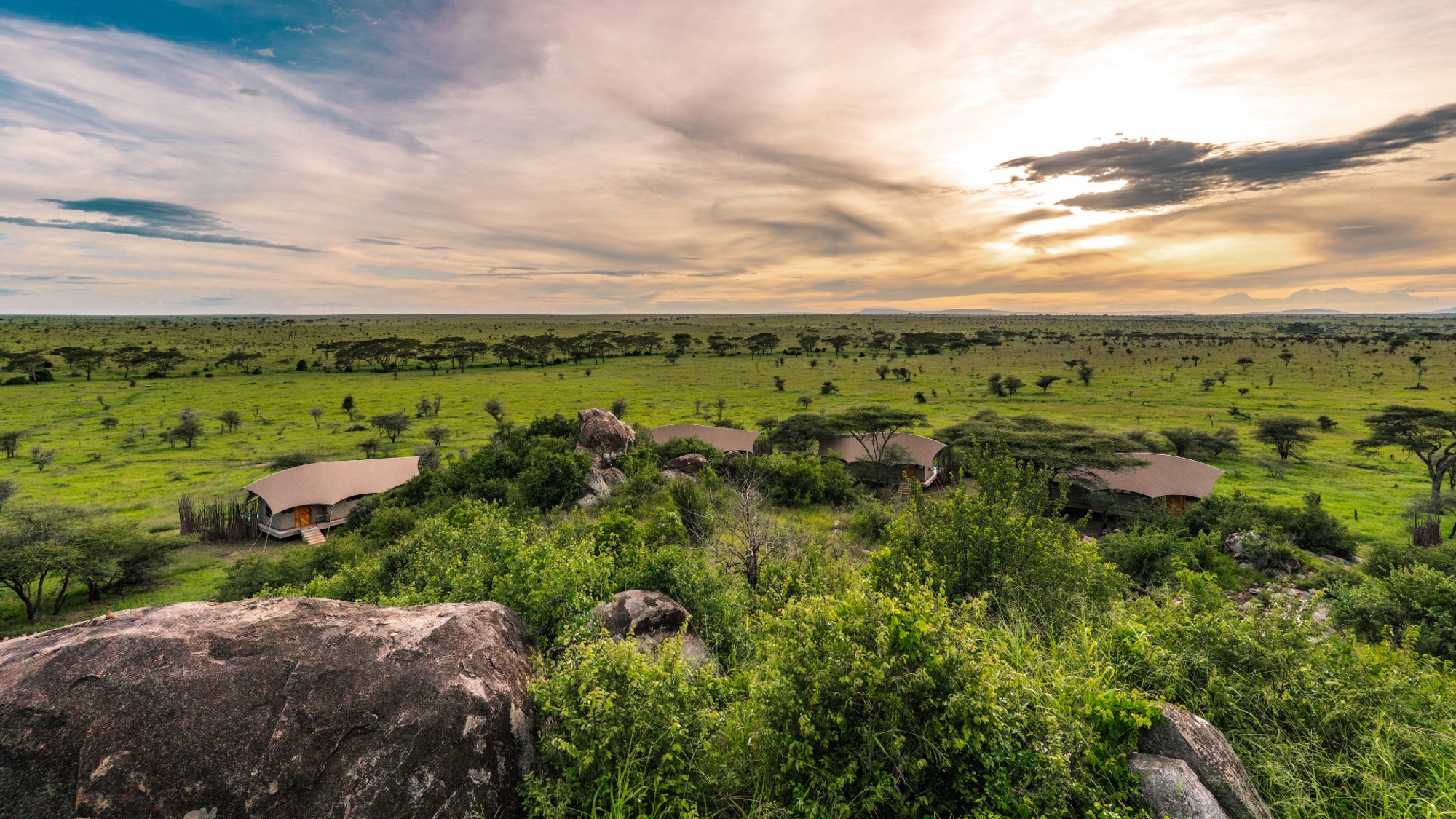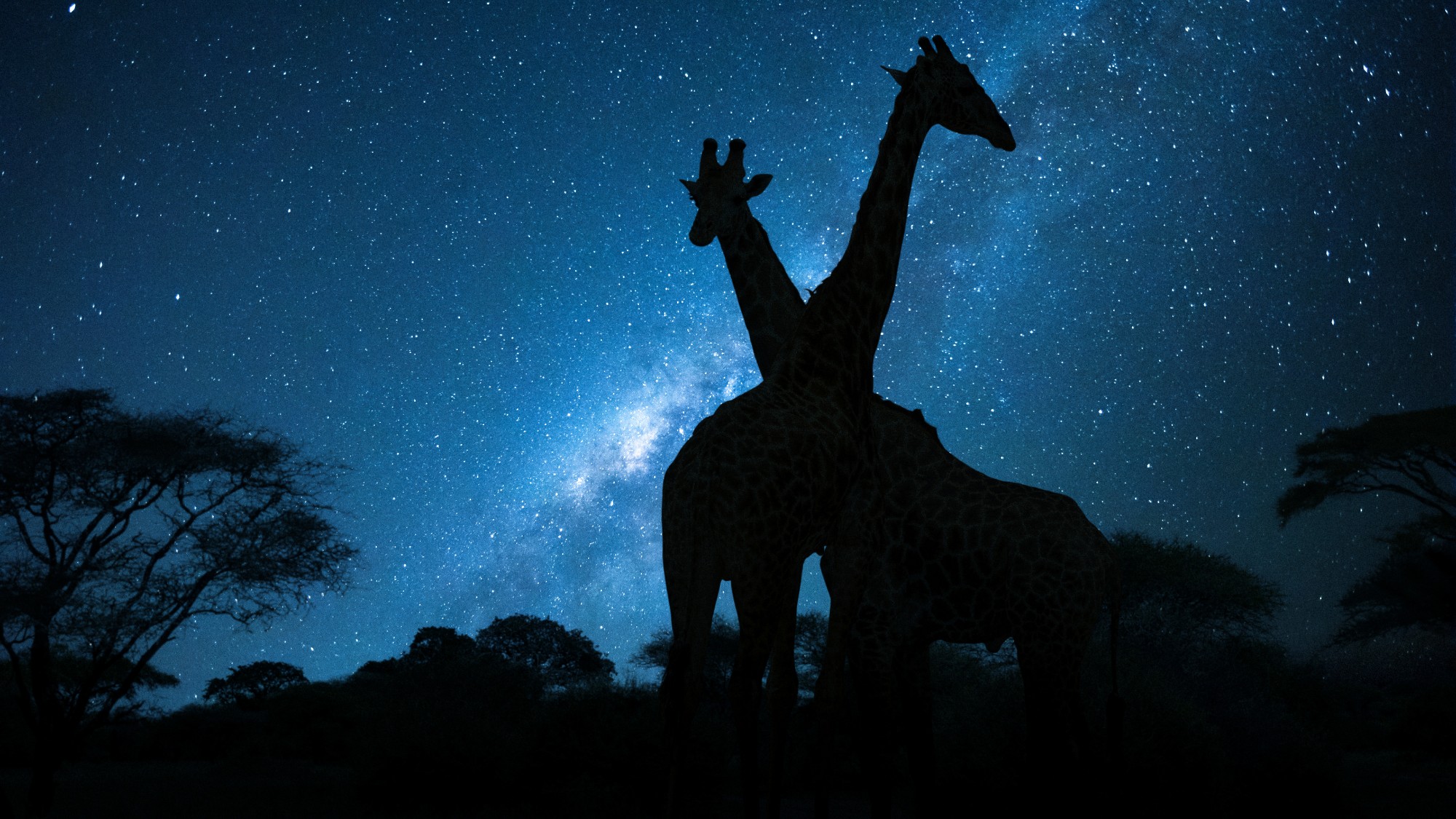A wilderness reborn in Mozambique
Former 'premier safari destination' has been given new life through 'biodiversity repair'

In the 1960s, Gorongosa was a "premier safari destination", its extraordinary landscape and wildlife attracting film stars such as John Wayne and Gregory Peck.
Then civil war erupted in Mozambique, said David Pilling in the Financial Times, and by the 2000s the big animals in this national park were gone (many of them killed for bushmeat), and the land here was littered with unexploded mines. What has happened to it since, however, is little short of a miracle – a near-complete recovery in less than two decades, widely regarded as one of the world's most triumphant examples of "biodiversity repair".
Today, Gorongosa is worthy of its old reputation as "Africa's Eden" once more. Gorongosa's rebirth has been driven by Greg Carr, an American philanthropist who signed a 20-year co-management agreement with Mozambique's government in 2008. Since then, he has invested more than $100m in the park, and "corralled" more from other donors, giving it an annual budget of $25 million (though some of that is now under threat owing to Elon Musk's recent cuts to USAID). Carr's "radical" idea has been to "stop poaching with jobs, not guns". Much of the money goes into stimulating development in the surrounding area, which is home to 200,000 people. For example, Gorongosa employs 1,800 people in jobs from furniture making to midwifery, and has built and staffed 100 primary schools.
The Week
Escape your echo chamber. Get the facts behind the news, plus analysis from multiple perspectives.

Sign up for The Week's Free Newsletters
From our morning news briefing to a weekly Good News Newsletter, get the best of The Week delivered directly to your inbox.
From our morning news briefing to a weekly Good News Newsletter, get the best of The Week delivered directly to your inbox.
As we head out of camp on my first day, the "vast and mysterious" park unfolds in all its "misty glory". Over eight days, we see fever-tree forests, alluvial floodplains, rare sand forests, and palm forests with a "surprisingly Southeast Asian feel", as well as an astonishing array of wildlife. There are some great night drives, but particularly "spectacular" are the walking safaris, on which we come across lions and – most dramatically – a pack of wild dogs working themselves into a collective "frenzy" before loping off into the "fading light" to hunt.
A free daily email with the biggest news stories of the day – and the best features from TheWeek.com
-
 Venezuela’s Trump-shaped power vacuum
Venezuela’s Trump-shaped power vacuumIN THE SPOTLIGHT The American abduction of Venezuelan President Nicolás Maduro has thrust South America’s biggest oil-producing state into uncharted geopolitical waters
-
 Most data centers are being built in the wrong climate
Most data centers are being built in the wrong climateThe explainer Data centers require substantial water and energy. But certain locations are more strained than others, mainly due to rising temperatures.
-
 ‘Maps are the ideal metaphor for our models of what the world might be’
‘Maps are the ideal metaphor for our models of what the world might be’Instant Opinion Opinion, comment and editorials of the day
-
 8 incredible destinations to visit in 2026
8 incredible destinations to visit in 2026The Week Recommends Now is the time to explore Botswana, Mongolia and Sardinia
-
 Experience Tanzania’s untamed wilderness from Lemala’s luxury lodges
Experience Tanzania’s untamed wilderness from Lemala’s luxury lodgesThe Week Recommends The vast protected landscapes are transformed into a verdant paradise during ‘emerald season’
-
 Uttar Pradesh: from a once-in-a-generation festival to tiger tracking in an ancient forest
Uttar Pradesh: from a once-in-a-generation festival to tiger tracking in an ancient forestThe Week Recommends Soak up the state's rich culture on one of Explorations Company's specially curated tours
-
 On the trail of the Iberian lynx
On the trail of the Iberian lynxThe Week Recommends Explore the culture, food – and wildlife – of Extremadura on this stunning Spanish safari
-
 6 stellar noctourism adventures
6 stellar noctourism adventuresThe Week Recommends After the sun sets, the fun begins
-
 7 nightlife destinations that are positively electric
7 nightlife destinations that are positively electricThe Week Recommends Accra, Seoul, Berlin: These are a few of the cities that come alive after dark
-
 Shompole Wilderness Camp: immerse yourself in nature at this secluded retreat
Shompole Wilderness Camp: immerse yourself in nature at this secluded retreatThe Week Recommends This luxurious family-run camp in southern Kenya has access to more than 350,000 acres of pristine savannah
-
 A horseback safari in the wilds of Zambia
A horseback safari in the wilds of ZambiaThe Week Recommends Unforgettable trip offers chance to see wildlife and experience local villages